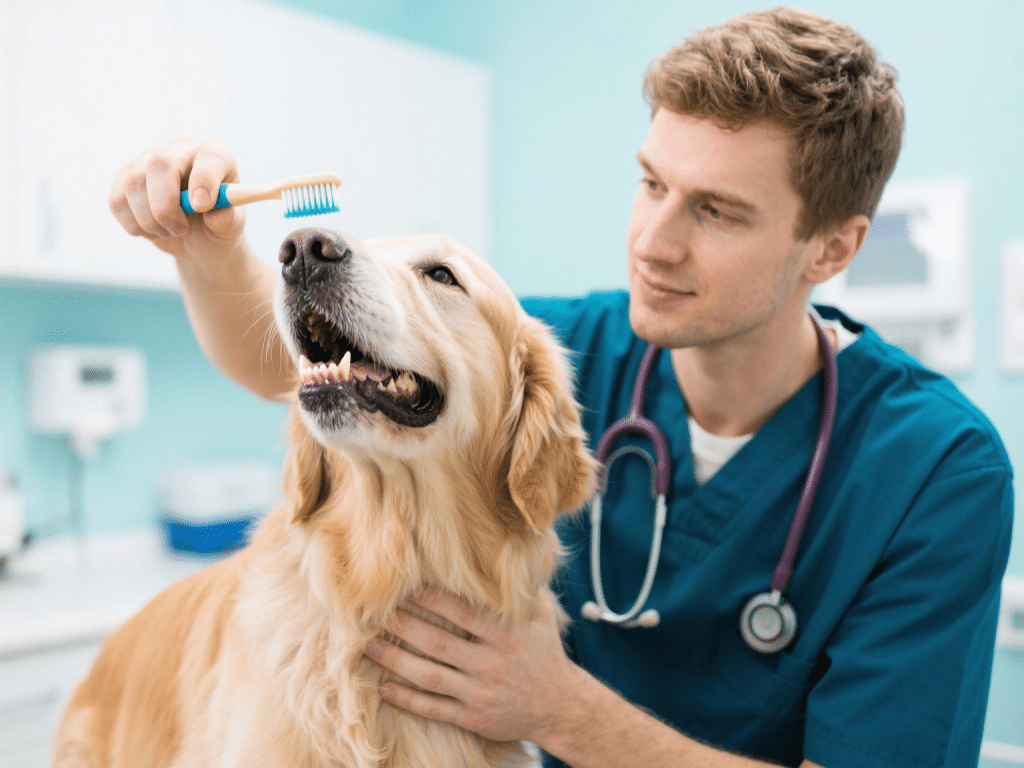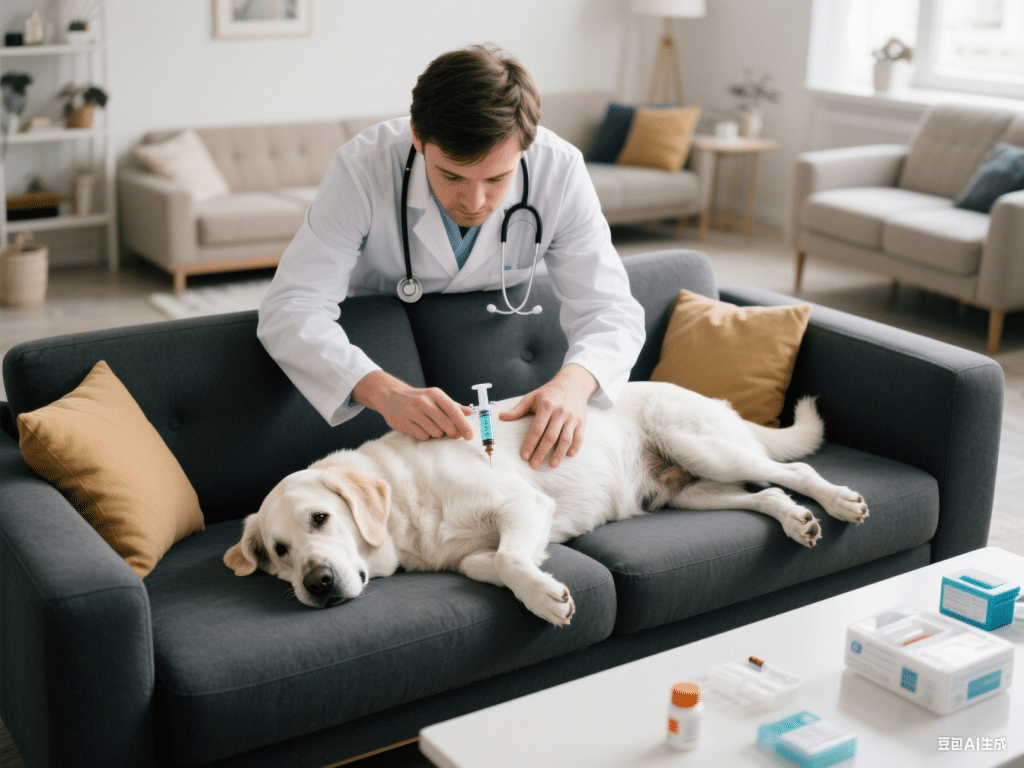RECOMMENDED NEWS

How to Transition Dogs to a Raw Diet Safely
Raw feeding has surged in popularity due to its potential benefits: shinier coats, cleaner teeth, an...
Read More →
Best Practices for Litter Box Training Kittens
IntroductionTraining kittens to use a litter box is a fundamental milestone for every cat owner. Ear...
Read More →
Homemade Healthy Treats for Ferrets: Simple Recipes
IntroductionFerrets are obligate carnivores requiring high-protein, low-carb diets. While commercial...
Read More →
Step-by-Step Guide to Brushing Your Dog’s Teeth at Home
IntroductionRegular dental care is crucial for your dog’s overall health. Plaque and tartar buildu...
Read More →
How to Introduce a Second Pet Without Conflict
IntroductionBringing a second pet into your household can enrich both your life and that of the resi...
Read More →
Understanding Deworming Requirements for Senior Dogs
IntroductionSenior dogs (7 years and older, breed-dependent) may have altered metabolism, compromise...
Read More →
Understanding Your Cat’s Sudden Zoomies: Normal or Not?
Introduction“Zoomies,” or Frenetic Random Activity Periods (FRAPs), are those surprise bursts of...
Read More →
How to Choose the Right Water Bowl for Your Pet’s Health
IntroductionProper hydration is essential for pet health—kidney function, digestion, and temperatu...
Read More →
Strategies for Preventing Dog Leash Reactivity on Walks
Leash reactivity is a common behavioral issue where dogs overreact—by barking, lunging, or growlin...
Read More →
Comments on "Safe Timing to Bathe Your Dog Before or After Deworming" :